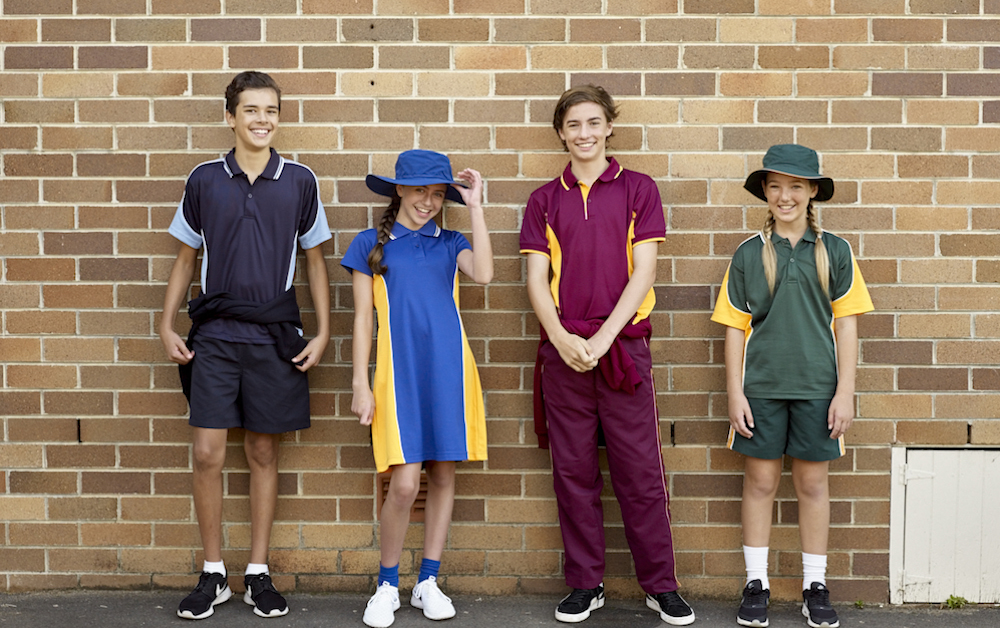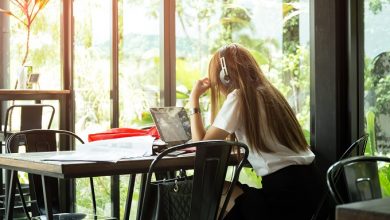We asked primary school students to review new book releases for Term 3

Here’s the verdict, just in time for Australian Reading Hour…
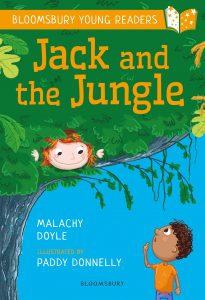 Jack and the Jungle
Jack and the Jungle
For age 5+
By Malachy Doyle and Paddy Donnelly, Bloomsbury
“Jack was scared but he was really brave. I liked the story a lot.”
– Elouise, age 6
Themes and genre: young readers, facing fears, friendship, imagination.
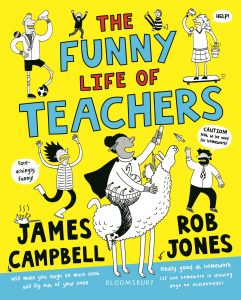
The Funny Life of Teachers
For age 7+
By James Campbell & Rob jones, Bloomsbury
“It is like reading a maze because of all the signposts. The jokes are funny. I showed my best friend on the bus and he laughed at Mrs Fridgewater’s jar of bottom burps. My favourite part was the time travelling teachers.”
– Grayson, age 8
Themes and genre: humour, ‘choose your own adventure’, comic strip, short story collection.
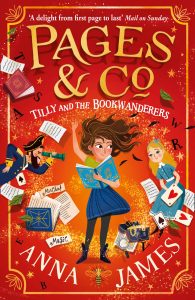
Pages & Co.: Tilly and the Bookwanderers
For age 9+
By Anna James, HarperCollins Children’s Books
“I liked how the letters change when magic happens. Now I’m reading some of the books they wander into – it’s fun imagining Tilly and Oskar inside them.”
– Olivia, age 9
Themes and genre: fantasy adventure, magic, secrets and lies, family loss and grief, friendship, inclusiveness, book positivity.
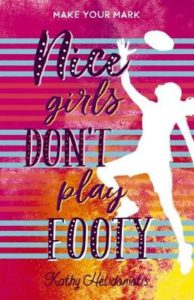
Nice Girls Don’t play Footy
For age 9+
By Kathy Helidoniotis, Scholastic
“The AFL games and the big tryout at the end were really exciting. Josie and Princess were my favourite characters.”
– Maddy, age 10
Themes and genre: family, multi-cultural identity, sports, girl power, friendship.

Space on Earth: Intergalactic facts about the world around you
For age 10+
By Dr Sheila Kanani, Alma Books
“My favourite fact is that astronauts helped invent invisible braces. I wish you could buy ‘astronaut toothpaste’.”
– Ali, age 12
Themes and genre: non-fiction, science, physics, space, STEM, history, fun facts.
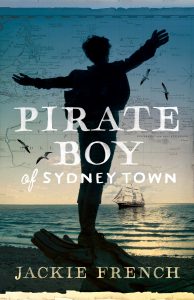
Pirate Boy of Sydney Town
For age 10+
By Jackie French, HarperCollins Children’s Books
“I liked the way it went from Sydney to the sea and into battles. It had great twists.”
– Clark, age 10
Themes and genre: historical fiction, adventure, pirates and shipwrecks, Australian fiction, Indigenous Australian characters, friendship and betrayal, freedom.
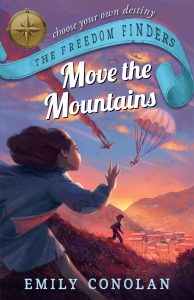
Move the Mountains: The Freedom Finders
For age 9+
By Emily Conolan, Allen & Unwin
“I loved changing the story around and getting to know different characters. It puts you in the journey from Italy to Australia and feels really real.”
– Ella, age 11
Themes and genre: historical fiction, ‘choose your own adventure’, mystery, Australian fiction, anti-bullying, refugee characters, freedom.
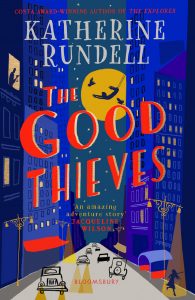
The Good Thieves
For age 9+
By Katherine Rundell, Bloomsbury
“I read this so fast, it was amazing! The more criminal elements get your heart racing.”
– Sarah, age 12
Themes and genre: action adventure, detective mystery, family and friends, heist, mafia, greed and loyalty.


